How to improve macroalgae growth in the marine tank / refugium
Do you experience problems with the growth of your macroalgae species or want to improve it?
Beside having the fitting light conditions for macroalgae species, which we cover in a separate article, it is very important to have all the major and minor minerals available in the marine aquarium which are necessary for a good macroalgae growth.
Dosing nutrients in a planted reef tank or planted refugium can be the key for a better macroalgae growth, especially when macroalgae species like Chaetomorpha / Chaeto and Caulerpa species are used in the refugium, as those are the fastest growing macroalgae species available and therefore they will need to have always enough nutrients available.
And as always in the marine aquarium - stability is the key to success- this counts for a great macroalgae growth of course too.
Maintaining the proper nutrient / mineral levels in the marine aquarium will ensure that the macroalgae can grow well and do its best by removing unwanted nutrients from the marine aquarium water.
As all macroalgae species will take out those unwanted nutrients when growing, mainly nitrate and phosphate and helping so to maintain a more clean marine aquarium water environment. ( Of course the beauty of some macroalgae species is not to undervalue either :) )
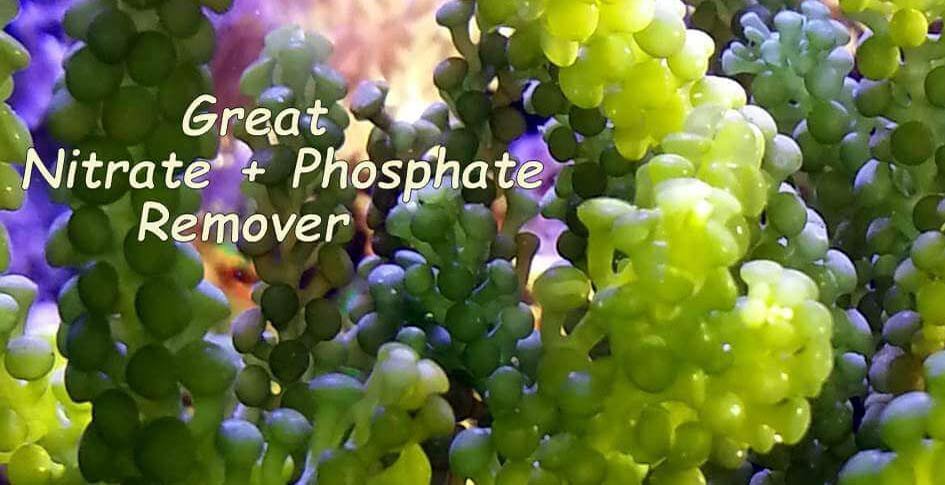
All macroalgae species and especially fast growing marine algae like Chaetomorpha and Caulerpa will need beside nitrate and phosphate some other so called major and minor minerals to maintain optimal growth conditions.
Of course macroalgae will not just take out nitrate & phosphate from the reef tank for a more clean aquarium environment, they will consume as well other minerals like magnesium, calcium and potassium too which are important for other tank inhabitants like hard and soft corals too.
To avoid any deficiencies for the health and growth of macroalgae but as well for corals it is therefore recommended to replace those consumed minerals to maintain a stable marine aquarium environment.
If you like to read more in detail about what nutrients /Minerals algae will need you can find more information and what are the best water conditions for macroalgae HERE.
Dosing nutrients in a lightly planted reef display tank or refugium
Normally it will be fine performing regular water changes in a marine aquarium with just a few macroalgae species, either kept in the display tank or refugium along with the presence of livestock as they will often provide enough nutrients for a good macroalgae growth ( fish poop ).
Should you however experience problems with the growth of your live algae, or when the macroalgae decomposes it might be worth to think about dosing extra minerals/nutrients to support a healthy macroalgae growth again and to keep the nutrients levels in the marine aquarium balanced (assuming you have suitable lighting conditions for the macroalgae to grow).
An easy solution to dose minerals are ready mixed multi-nutrient solutions (aka fertiliser) like ChaetoGro from Brightwell Aquatics, which is especially formulated for the use in the marine aquarium as it is nitrate & phosphate free, plus it does not contain any copper or Continuum's Basis Chaeto Grow, which is well nitrate & phosphate free.
Unfortunately most available fertilisers for the planted aquarium are designed to use in freshwater aquariums and therefore include Copper, as this is an important mineral for freshwater plants. But as macroalgae are not plants they will not need copper to grow.
Beside Brightwell's ChaetoGro and Continuum's Basis Chaeto Grow we have found two other fertiliser products which contain at least a very low percentage of Copper, which is Seachem Flourish Comprehensive and TNC lite Aquarium Plant nutrient. Both are also nitrate and phosphate free.
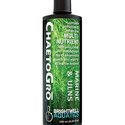
Copper can be toxic to aquatic animals and invertebrates like shrimp and snails as they are particularly sensitive and should be avoided in the marine aquarium. As the amount of copper in Flourish® and TNC Complete / light is very small it would be a massive overdose necessary before it would begin to reach an amount of copper that is toxic to animals and invertebrates. This said when using those fertilisers we recommend for safety reasons to measure regularly the copper level in the tank water and to use if necessary copper removing supplements.
Dosing nutrients in a heavier planted reef display tank or refugium
In more heavier planted marine aquarium display tanks and macroalgae refugiums it may be necessary to add nitrate and/or phosphate to maintain a recommended level of at least 3-5 ppm Nitrate and 0.01 ppm Phosphate, especially when using Brightwell Aquatics ChaetoGro, Seachem Flourish comprehensive or TNC lite.Therefore, for low nutrient tanks TNC offers the TNC Complete Aquarium Plant nutrient fertiliser which includes Nitrate & Phosphate (but as well a very small percentage of copper ).
Overview of the ingredients from different fertilizers for the planted reef tank
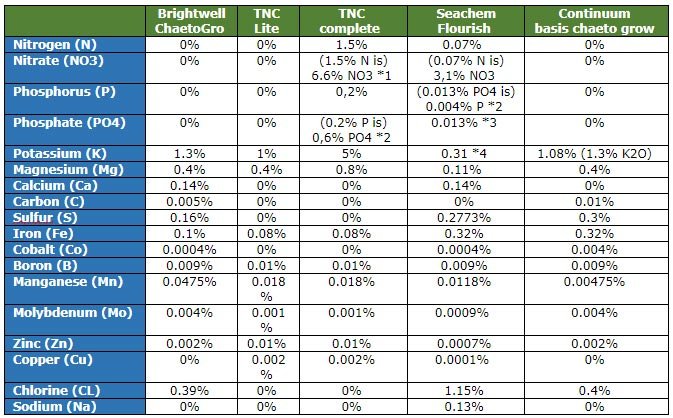
*2 = 1% Phosphorus (P) calculates to 3% Phosphate (PO4)
*3 = 1% Phosphate (PO4) calculates to 0.7473% Phosphorus Pentoxide (P2O5) as listed in Seachem Flourish
*4 + 1%Potassium (K) calculates to 1.2% Potassium Oxide (K2O)
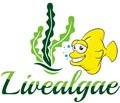
Tell us what you think and what your experience is with dosing marine macroalgae in the reef tank, and of course if you have any further question we are happy to help.
Your Team from Livealgae UK
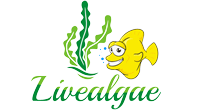






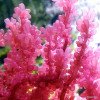















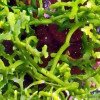












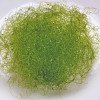





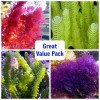

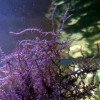
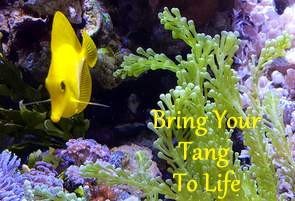
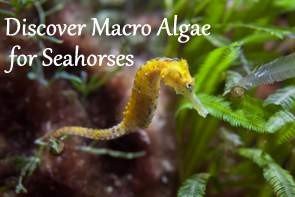
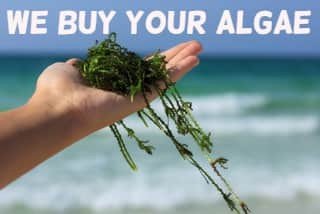
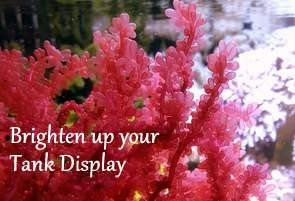
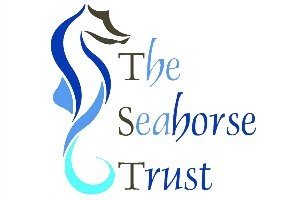
 Current Delivery Delays Due To Storm Darcy
Current Delivery Delays Due To Storm Darcy  Christmas break for our macroalgae species.
Christmas break for our macroalgae species.  Red macroalgae species for the Reef Display Tank
Red macroalgae species for the Reef Display Tank